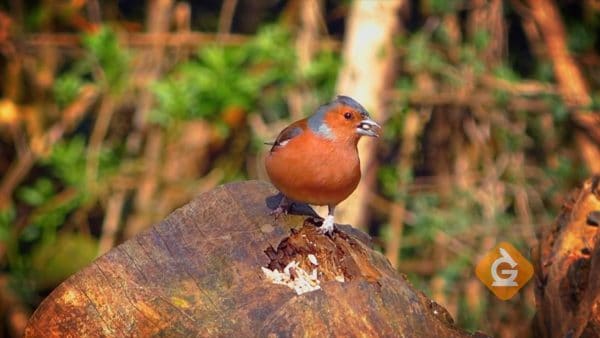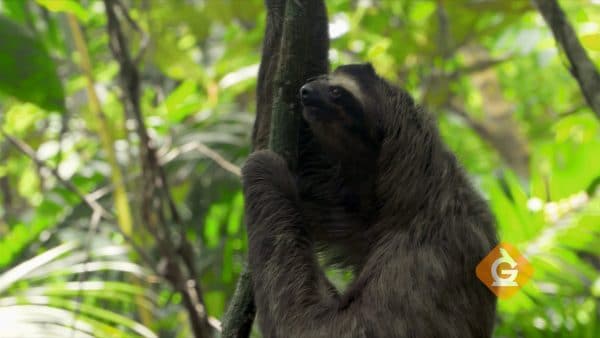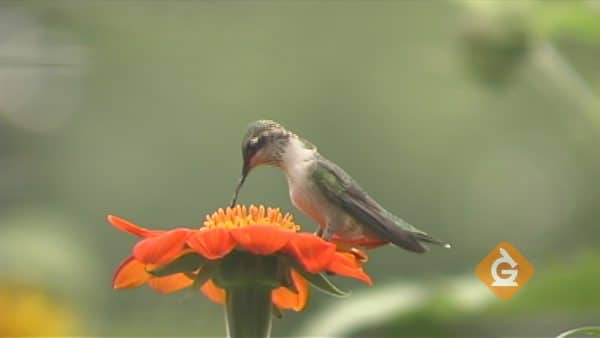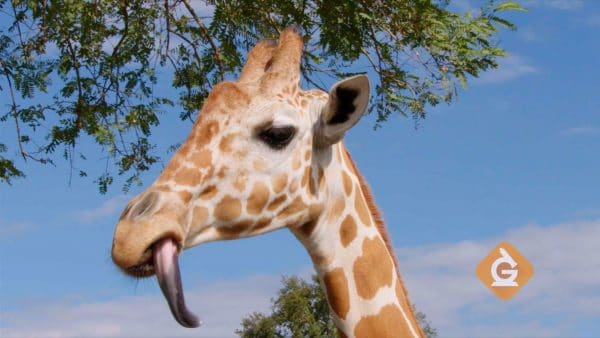An adaptation is a characteristic of a living thing that helps it survive in its environment. An environment includes everything living and non-living in the area that a plant or animal lives in. All living things have adaptations, even humans.
To better understand how adaptations work…
LET’S BREAK IT DOWN!
Animals adapt to their environment.

Adaptation is all about survival. When the environment changes dramatically, some animals die, others move to another location, and some develop adaptations over generations that help them survive.
Sometimes the environment changes dramatically due to a natural disaster and sometimes it changes slowly over thousands of years. In each case, over many generations, animals may develop new adaptations to help them survive in their new home.
Animals adapt to protect themselves.

Many different animals have adaptations that protect them from predators. Some of these adaptations are behavioral, allowing them to act a certain way to avoid being seen by a predator.
For example, sloths move very slowly through trees making them hard to spot. Their long, hairy bodies have algae growing on them to blend in with the trees.
Some adaptions allow animals to escape, such as lizards with tails that snap off when a predator tries to capture it.
Other adaptations make animals difficult to eat, such as an armadillo. This unique animal is covered by “armored” plates and it can roll into a tight ball when it feels threatened.
Adaptations help animals obtain food.

Hummingbirds have long, skinny beaks that help them drink nectar deep inside of flowers. This special adaptation, plus its ability to hover over flowers, make the hummingbird very specialized. Since it can use a food source that most other birds cannot get to, it does not need to compete with most other birds for food.
Other birds have interesting beak adaptations that help them gather food. Pelicans have large pouch-like beaks to scoop up fish. Hawks have hook-like beaks to rip apart their prey. In all these cases, the special beaks help the animal survive.
Some animals have unique adaptations.

Some animals, such as giraffes, have more than one unique adaptation. A giraffe’s long neck allows it to reach food sources in the Serengeti region of Africa that other land animals cannot reach. Giraffes also have very long tongues, reaching 16-18 inches. They use their tongues as tools to pull leaves from branches. Look carefully at the tip of the giraffe’s tongue. The end is darker than the back! That protects the tongue from sunburn.
Echidna are found in the deserts of Australia and also have unique adaptations. Their long nose helps them locate food by sensing the electrical movements created by ants and termites. Then they use their long tongues to get into ant and termite mounds.
Their large feet are powerful digging tools which they use to bury themselves underground to keep cool.

































































































































 Select a Google Form
Select a Google Form







 GENERATION GENIUS
GENERATION GENIUS




